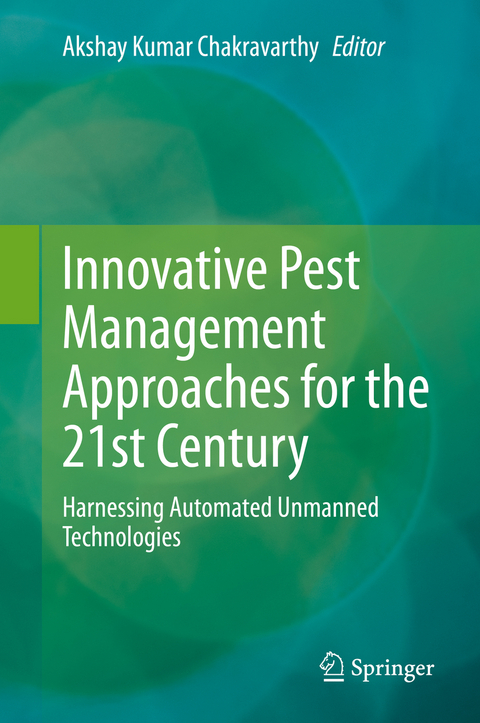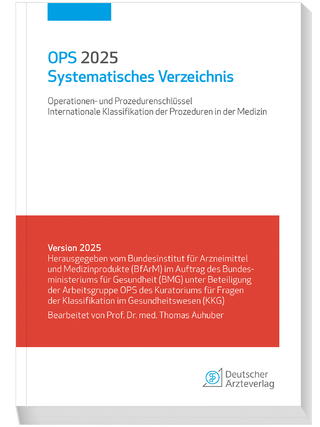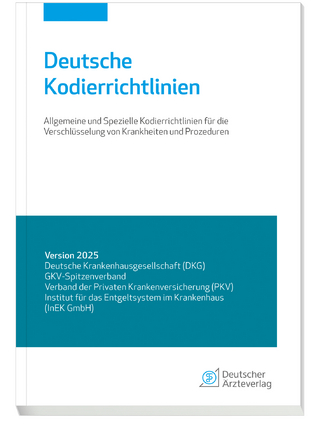
Innovative Pest Management Approaches for the 21st Century
Springer Verlag, Singapore
978-981-15-0793-9 (ISBN)
Unfortunately, conventional forms of pest management do not focus on technology transfer to the ground level workers and farmers. As a result, farmers are incurring huge losses of crops and revenues. This book highlights the importance of using communication tools in pest management and demonstrates some success stories of utilizing automated unmanned technologiesin this context.
The content is divided into three sections, the first of which, “Pest Population Monitoring: Modern Tools,” covers long and short-range pest population monitoring techniques and tools such as satellites, unmanned aerial vehicles/drones, remote sensing, digital tools like GIS, GPS for mapping, lidar, mobile apps, software systems, artificial diet designs and functional diversity of info-chemicals. The second section of the book is devoted to “Emerging Areas in Pest Management” and offers a glimpse of diversified tactics that have been developed to contain and suppress pest populations such as endophytes, insect vectors of phytoplasma, Hymenopterans parasitoids, mass production and utilization of NPV etc. In turn, the third section focuses on “Integrated Pest Management” and presents farming situations that illustrate how research in diversified aspects has helped to find solutions to specific pest problems, and how some new and evolving tactics can be practically implemented. Given its scope, the book offers a valuable asset for entomology and plant pathology researchers, students of zoology and plant protection, and readers whose work involves agriculture, horticulture, forestry and other ecosystems.
Dr. Akshay Kumar Chakravarthy, Head and Principal Scientist (ret.), Division of Entomology and Nematology, is the author of numerous books and over 300 scientific papers and 60 chapters on entomology and natural history. His interests include insects, birds, bats, rodents and mammals. With nearly four decades of experience in teaching and research, Dr. Chakravarthy has been the principal investigator for over 35 research projects. Holding a Ph.D. from Punjab Agricultural University and a fellow of the IARI, New Delhi, he is a member of several national and international scientific associations, referee, reviewer and editor for several national and international journals. A field-orientated, widely travelled biologist, Dr. Chakravarthy is actively investigating novel approaches to integrated pest management, host plant interaction, vertebrate pest management, biodiversity and environmental conservation issues. He is author of several significant book contributions on this theme.
Chapter 1. Application of Geospatial Technologies in Plant Health Management.- Chapter 2. Applications of Unmanned Aerial System for Pest Surveillance, Monitoring and Management.- Chapter 3. Unmanned Aerial System Technologies for Pesticide Spraying.- Chapter 4. Insect Pest Detection, Migration and Monitoring Using Radar and LiDAR Systems.- Chapter 5. Remote Sensing, Climate Change and Insect Pest: Can Biotic Interactions be Explored?.- Chapter 6. Use of Mobile Apps and Software Systems for Retrieving and Disseminating Information on Pest and Disease Management.- Chapter 7. Harnessing Host Plant Resistance for major crop pests: Decoding In-Built Systems.- Chapter 8. Light Trap: A Dynamic Tool for Data Analysis, Documenting and Monitoring Insect Populations and Diversity.- Chapter 9. Artificial Diet Designing: Its Utility in Management of Defoliating Tea Pests (Lepidoptera: Geometridae).- Chapter 10. Functional Diversity of Infochemicals in Agri-ecological Networks.- Chapter 11. Soil Fauna In Sustainable Agriculture.- Chapter 12. Pest Management in Tropical Forests.- Chapter 13. Non-Chemical Pest Management Approaches in Tea Ecosystem: Evading Pesticide Trap.- Chapter 14. Endophytes: A Potential Bio-agent for the Plant Protection.- Chapter 15. Insect Vectors of Phytoplasma Diseases in the Tropics: Molecular Biology and Sustainable Management.- Chapter 16. Hymenopteran Parasitoids in Cultivated Ecosystems: Enhancing Efficiency.- Chapter 17. Large Scale Production of Cotton Bollworm, Helicoverpa armigera (Hübner) (Lepidoptera: Noctuidae) Nuclear Polyhedrosis Virus (HaNPV).- Chapter 18. Insecticide Toxicity and Pesticide Residues in Horticultural Crops.- Chapter 19. Nano-technology Applications in Pest Management.- Chapter 20. Integrated and Ecological based Pest Management in Grape Ecosystem.- Chapter 21. Coccinellids on Crops: Nature’s Gift for Farmers.- Chapter 22. Scenario of Insect Pests on Litchi: Management Options.- Chapter 23. IPM in Protected Cultivation: Lending Pesticide Free Produce.- Chapter 24. Integrated Nematode Management In Protected Cultivation.
| Erscheinungsdatum | 27.03.2020 |
|---|---|
| Zusatzinfo | 145 Illustrations, color; 88 Illustrations, black and white; XIX, 519 p. 233 illus., 145 illus. in color. |
| Verlagsort | Singapore |
| Sprache | englisch |
| Maße | 155 x 235 mm |
| Themenwelt | Informatik ► Weitere Themen ► Bioinformatik |
| Naturwissenschaften ► Biologie ► Botanik | |
| Naturwissenschaften ► Biologie ► Genetik / Molekularbiologie | |
| Naturwissenschaften ► Biologie ► Zoologie | |
| Weitere Fachgebiete ► Land- / Forstwirtschaft / Fischerei | |
| ISBN-10 | 981-15-0793-7 / 9811507937 |
| ISBN-13 | 978-981-15-0793-9 / 9789811507939 |
| Zustand | Neuware |
| Informationen gemäß Produktsicherheitsverordnung (GPSR) | |
| Haben Sie eine Frage zum Produkt? |
aus dem Bereich


